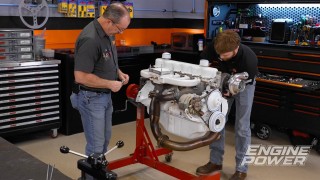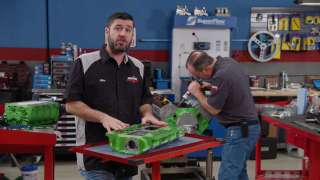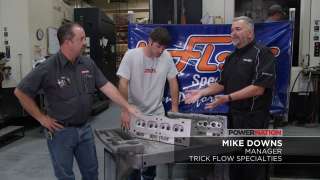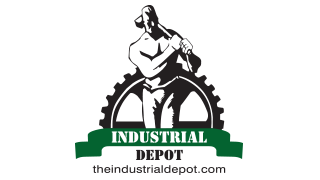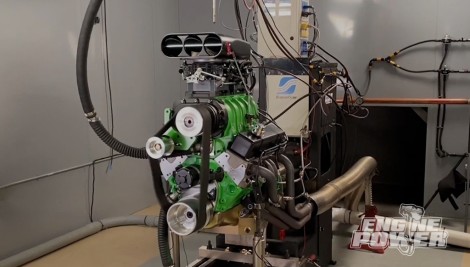
Blown 383 Stroker Has Trouble on the Dyno: What Happened?
The crew from Carcass needs plenty of power to move their 1-ton military truck. Our answer: supercharge a 383 ci V8!
Season 7
Episode 4
Hosts: Mike Galley, Pat Topolinski
First Air Date: February 19, 2020
Duration: 21 minutes 43 seconds









